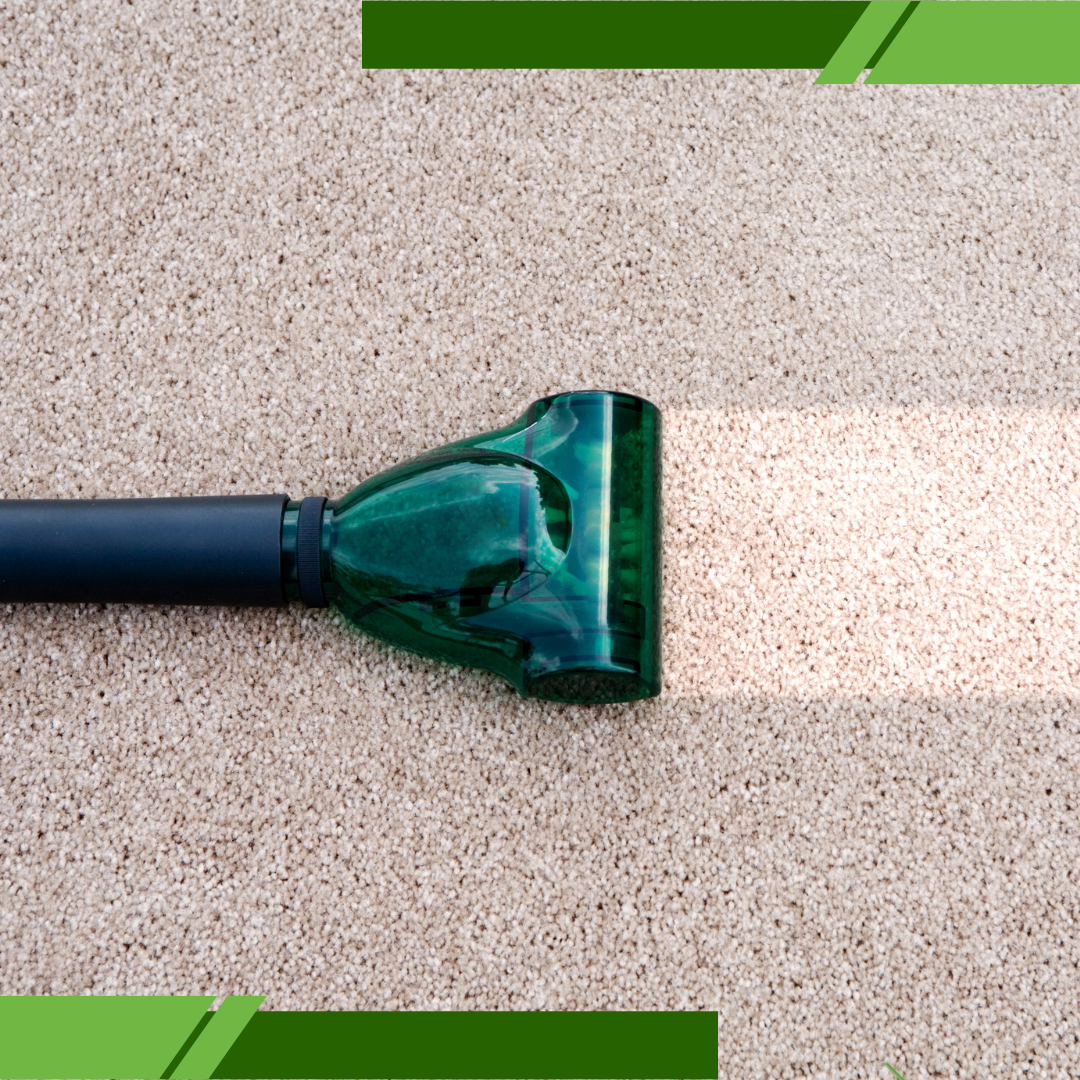Get in touch
Fill this up to proceed

We are committed to providing a world-class carpet, rug, upholstery, drapery or mattress cleaning services that will open your door to a happier and healthier green indoor environment.
Rugs are both aesthetic and functional in Mount Wilson homes, but they also absorb life’s messes—food and drink spills, muddy footsteps, and pet accidents. Even the most exquisite carpeting can become dingy and fade from these stains. While surface cleaning may help initially, lasting rug stain removal requires specialized treatment. That’s where expert services come in. Professional rug stain removal relies on proven methods tailored to your rug’s material and condition—unlike DIY attempts, which can set stains deeper or damage fibers. This article explains how the process works, why it’s effective, and how to keep your rugs clean and stain-free.
Every successful rug stain removal process begins with a detailed inspection. Professionals examine the rug to identify the type of stains—whether wine, coffee, ink, or pet-related—and assess the rug’s fabric, dye stability, and overall condition. This ensures that the proper cleaning solutions and techniques are chosen to avoid damaging delicate materials like silk or wool.
Pre-treatment involves testing the rug’s colorfastness and selecting the right products to break down specific stain types. For example, enzyme cleaners are used for organic stains, while solvent-based solutions target oil-based spots. These preparations are key to achieving a safe and effective cleaning outcome.
Steps in the assessment phase:
This customized evaluation is crucial to ensuring your rug receives the proper care before deep cleaning begins.

Before any liquid is applied, professionals remove dry soil and dust. This step is often skipped in DIY methods, but it’s essential for proper stain removal. Embedded dirt and grit can block cleaners from reaching the stain and act like sandpaper, potentially damaging fibers during treatment.
Technicians use high-powered vacuums, rug dusters, or compressed air tools to extract dust and loose particles from both sides of the rug. This prepares the surface for targeted stain treatment and ensures no residue is trapped during wet cleaning.
Dry soil removal includes:
Skipping this step compromises cleaning effectiveness and increases the risk of long-term fiber damage.

This is the core of the rug stain removal process. After dry soil is cleared and pre-treatments are applied, the rug undergoes deep cleaning. Depending on the rug’s condition and stain type, technicians may use hot water extraction, low-moisture cleaning, or hand-washing with specialized solutions.
Professional cleaners apply stain-specific detergents that are safe for various fibers and effective at breaking down the molecular structure of tough stains. Multiple rinse and blot cycles help lift stains without spreading or damaging fibers. This process is far more thorough than home scrubbing, which often pushes stains deeper.
Deep cleaning steps:
This precision-driven approach ensures your rug is both clean and preserved, with stain visibility significantly reduced or eliminated.
After stain removal and cleaning, the rug must be dried thoroughly to prevent mold, mildew, or odor buildup. Professionals use temperature-controlled drying rooms or high-powered fans, with airflow carefully managed based on the rug’s material and thickness.
Once dry, the rug is groomed to restore its pile and texture. Technicians then conduct a final inspection to confirm all stains have been addressed and that the rug meets cleanliness and appearance standards. Optional protective treatments may be applied to guard against future staining and make maintenance easier.
Final steps:
This final stage ensures your rug looks fresh, clean, and ready to use.
While many stains can be fully removed, the success rate depends on the type of stain, how long it’s been there, and whether prior cleaning attempts were made.
Immediately. The sooner a stain is treated, the better your chances of complete removal. Avoid rubbing or applying heat until it’s professionally assessed.
Yes. Experienced cleaners use fiber-safe solutions and gentle techniques to treat stains without causing damage or discoloration.
Often, yes. Especially in cases of pet stains or food spills, odor-neutralizing agents are used to eliminate lingering smells.
It depends on usage, but once a year is typical for general upkeep. Additional cleanings should be scheduled for visible stains or high-traffic areas.

We are committed to providing a world-class carpet, rug, upholstery, drapery or mattress cleaning services that will open your door to a happier and healthier green indoor environment.
We are committed to providing a world-class carpet, rug, upholstery, drapery or mattress cleaning services that will open your door to a happier and healthier green indoor environment.